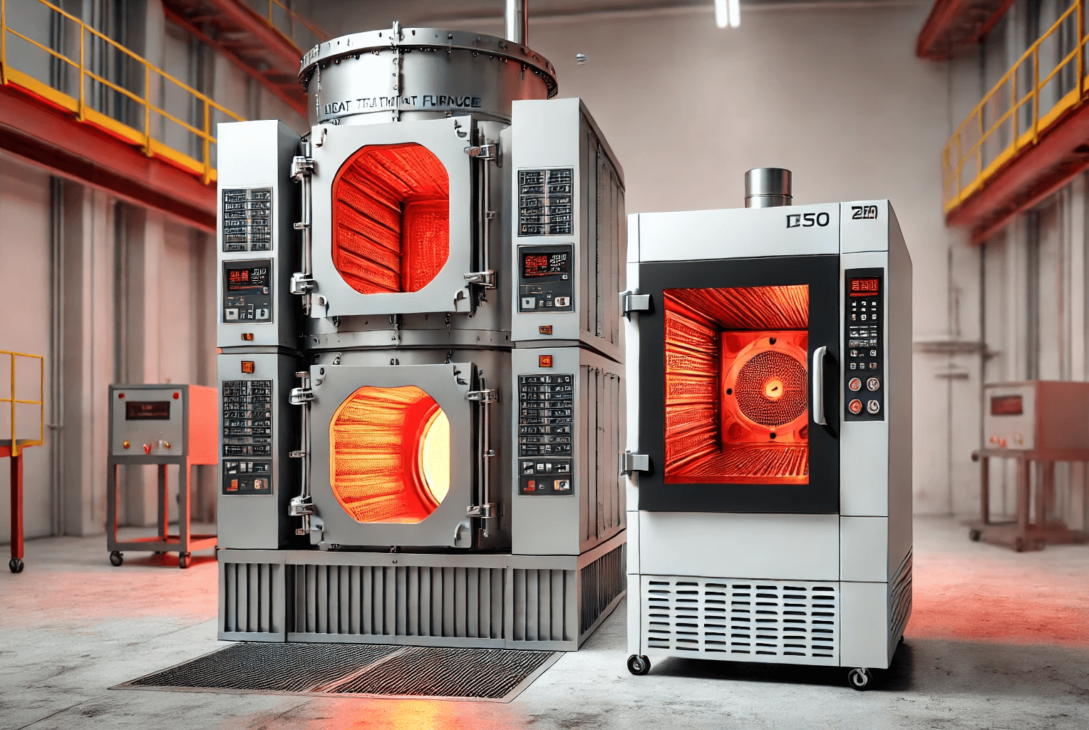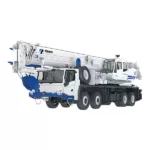When selecting industrial heating and drying equipment, making the right choice is essential for efficiency and effectiveness. Two commonly used devices—heat treatment furnaces and vacuum drying ovens—serve distinct purposes, though they both involve thermal processing. This article breaks down their differences and applications to help you determine which suits your needs best.
Understanding Heat Treatment Furnaces
A heat treatment furnace is designed to alter the physical and mechanical properties of materials, particularly metals. By applying controlled heating and cooling cycles, these furnaces improve durability, hardness, and strength.
Key Features:
- Operates at extremely high temperatures, often exceeding 1,000°C.
- Uses controlled atmospheres to prevent oxidation and maintain material integrity.
- Available in different types, including carburizing, annealing, and tempering furnaces.
Common Applications:
- Strengthening steel and alloys for automotive and aerospace industries.
- Enhancing metal components for improved mechanical performance.
- Relieving stress and refining the internal structure of materials.
Understanding Vacuum Drying Ovens
A vacuum drying oven specializes in drying materials under reduced pressure, allowing moisture and solvents to evaporate at lower temperatures. This process prevents thermal degradation, making it ideal for heat-sensitive substances.
Key Features:
- Operates under vacuum conditions, significantly lowering the boiling point of liquids.
- Ensures uniform drying without oxidation or contamination.
- Maintains stable, low-temperature settings to protect delicate materials.
Common Applications:
- Drying pharmaceuticals, food products, and biological samples.
- Removing moisture from electronic components and sensitive materials.
- Improving drying efficiency in chemical and medical industries.
Key Differences at a Glance
| Feature | Heat Treatment Furnace | Vacuum Drying Oven |
| Operating Temperature | High (above 1,000°C) | Low (below 200°C) |
| Atmosphere Control | Uses inert gases to prevent oxidation | Operates in a vacuum to prevent contamination |
| Primary Function | Alters material properties | Removes moisture and volatile substances |
| Common Applications | Metal hardening, tempering, annealing | Drying pharmaceuticals, electronics, and delicate materials |
Choosing the Right Equipment
Your choice between a heat treatment furnace and a vacuum drying oven depends on your specific industry and processing needs. If you need to modify the strength and hardness of metals, a heat treatment furnace is your best bet. On the other hand, if moisture removal without high heat exposure is the priority, a vacuum drying oven is the more suitable option.
For high-performance industrial heating solutions, check out GSE’s collection of heat treatment furnaces and vacuum drying ovens to find the perfect fit for your operations.
By understanding these fundamental differences, businesses can make informed decisions that enhance productivity and product quality.







